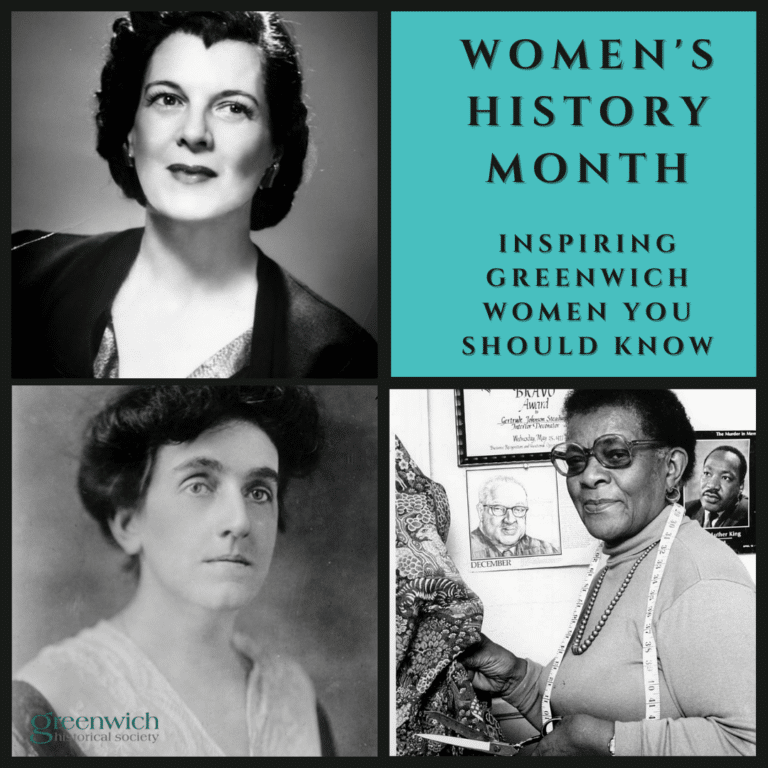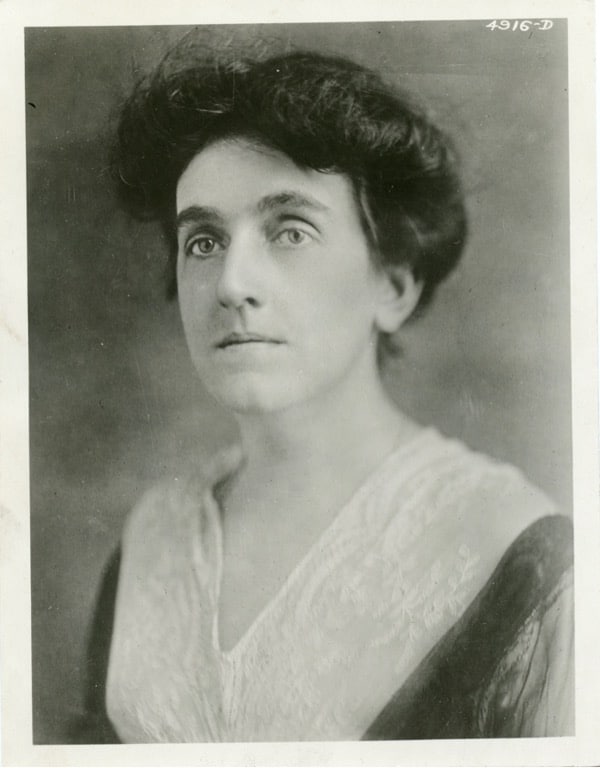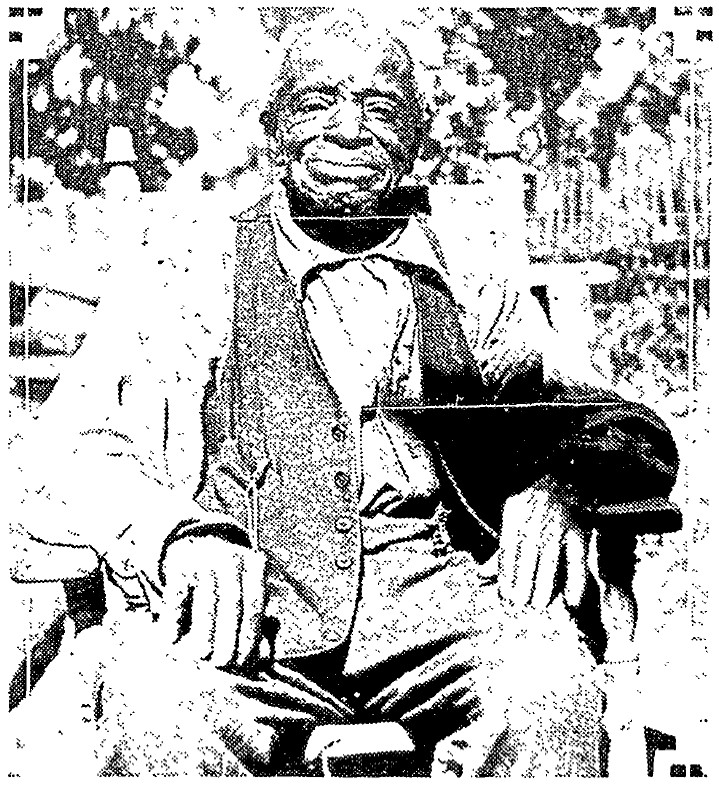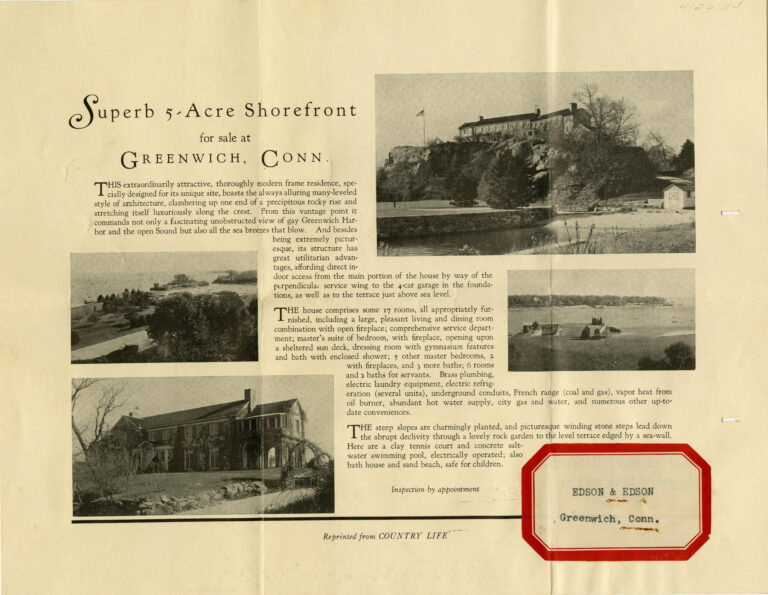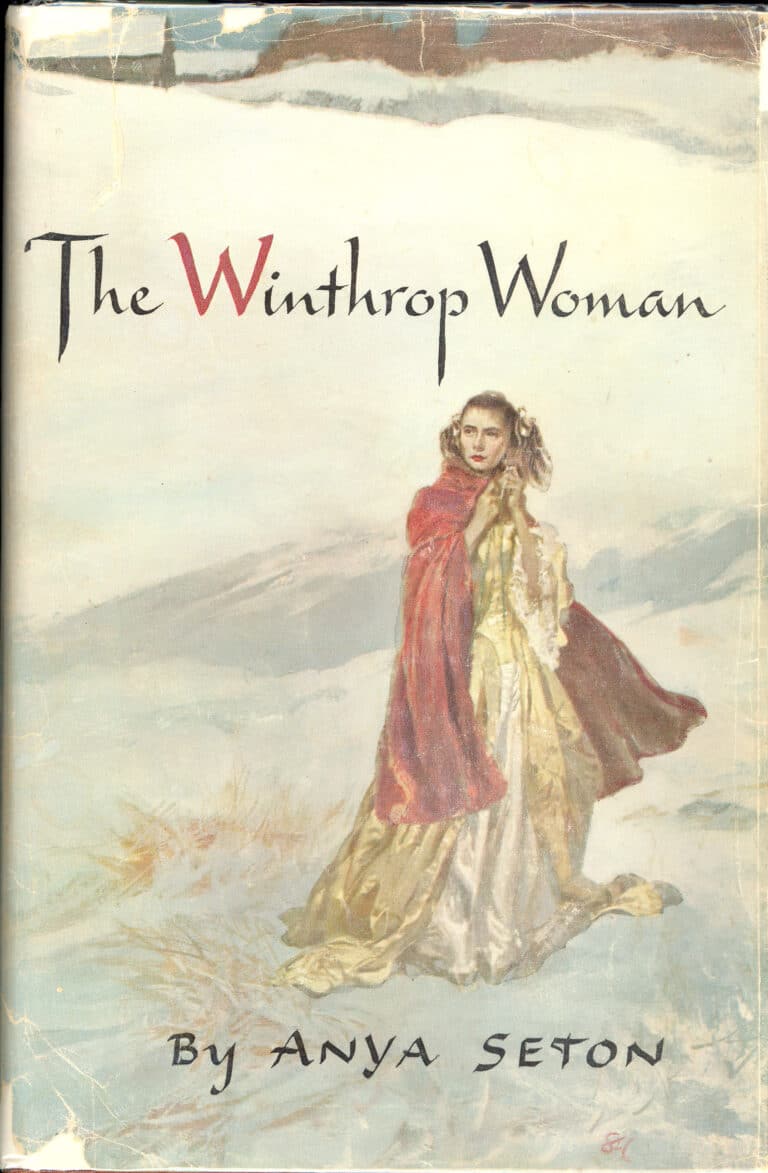Every year March is designated Women’s History Month by presidential proclamation. The month is set aside to honor women’s contributions in American history. To mark the occasion, the Greenwich Historical Society invites you to read about three women who lived most of their lives in Greenwich and had an immense impact on the everyday lives of women both in town and beyond.
Dr. Valeria Parker (1879-1959)
Valeria Parker was born and raised in Chicago, Illinois. She moved to Greenwich soon after starting a family and lived here most of her life. A woman of many hats, she became a doctor in a time when it was unusual for a woman to have a career.
A lifelong advocate for better awareness of public health and social hygiene, Valeria was part of a new and revolutionary sexual education movement that began during the Progressive Era. She served as an officer in the Connecticut and American Social Hygiene Association and wrote a book on the subject. Her book, For Daughters and Mothers, was published in 1940 to help women and girls talk about menstruation and sexual health.
Valeria was also a police woman. During WWI she became the first female member of the state police in the United States. She later became the first Supervisor of State Policewomen in Connecticut, looking over a group of police women stationed in New London.
Finally, Valeria was a suffragist. The Greenwich Equal Franchise League, in which she served as both president and vice president, was founded in her home on East Putnam Avenue in 1909. She was also the press officer for the Connecticut Woman Suffrage Association.
Valeria spent much of her life writing and lecturing on the topics of social hygiene and suffrage. Her work led to a greater understanding of women’s health as well as women’s participation in government. To read more about her, visit our virtual exhibit: An Unfinished Revolution.

Anya Seton (1904–1990)
Anya Seton was the daughter of Ernest Thompson Seton, a naturalist and co-founder of the Boy Scouts, and Grace Gallatin Seton, author and suffragist. Born in Manhattan, Anya spent most of her life in Greenwich.
Anya is best known for her works of historical fiction, though this was not a career she pursued until she was well into her 30s. Her first novel, My Theodosia, was inspired by the mysterious disappearance of Aaron Burr’s daughter, Theodosia. Curiosity turned into study, and study turned into writing. The book was published in 1941. Over her life Anya wrote a dozen books of historical fiction, most of which starred strong and spunky female characters. She was known for her rigorous research and personal flair.
Two of Anya’s books, Dragonwyck (1944) and Foxfire (1950), were turned into Hollywood films. However, her most famous book in Greenwich circles is the 1958 novel, The Winthrop Woman, about Greenwich founder Elizabeth Fones.
Many items and writings belonging to Anya and her family are preserved at the Greenwich Historical Society. If you would like to see them, you can book an appointment at our Archives. You can also visit what remains of her childhood home, Wyndygoul. The Seton property in Cos Cob became Pomerance Park in 2002. The park is open to the public and has several trails you can enjoy. Visit and see how nature may have inspired the young Anya.
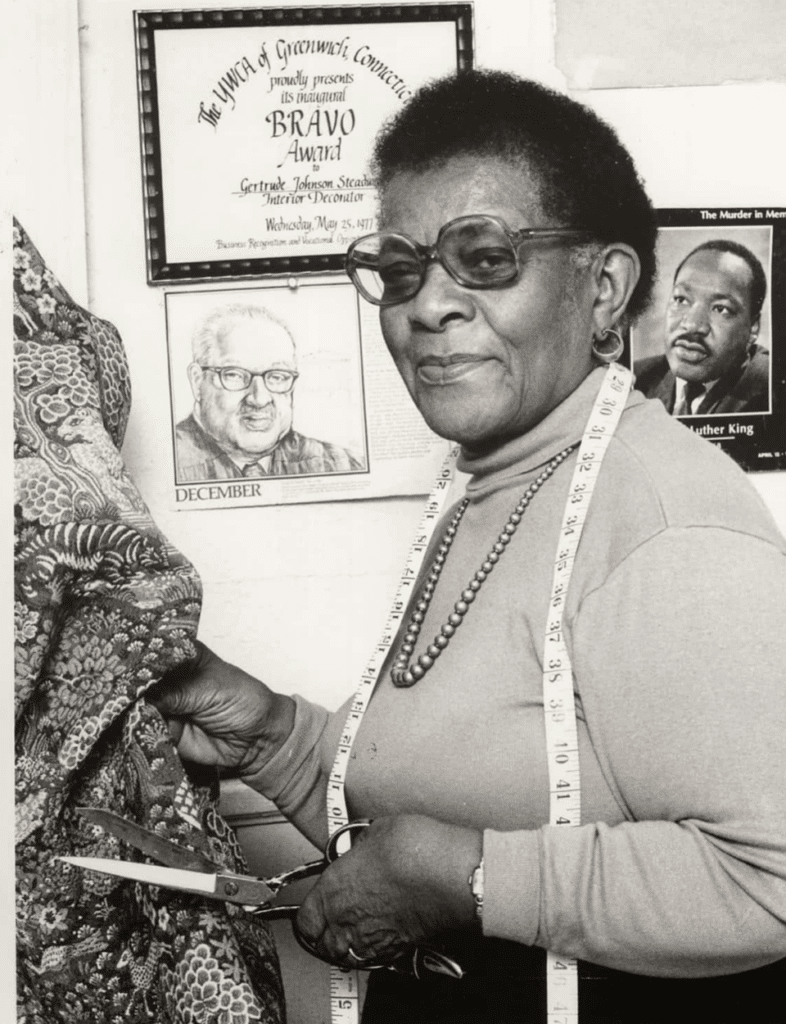
Gertrude Johnson Steadwell (1909-2007)
Gertrude Johnson Steadwell was born in Greenwich and lived in town most of her life. When she was a young child, she wanted to be a Camp Fire Girl but was not allowed to because of the color of her skin. This was a turning point for her, and she recalled thinking, “When I get old enough, I’m going to do something about it.”
Gertrude spent her adult life as a civil rights activist. In 1938 she joined the Greenwich Action Committee on Jobs for Negroes that later evolved into the Greenwich Chapter of the National Association for the Advancement of Colored People (NAACP), of which she became a founding member. Gertrude was also president of the State Association of Colored Women and vice president of the national chapter, president of the Greenwich Women’s Civics Club, president of the 1210 Chapter of the American Association of Retired Persons (AARP), and a member of at least a dozen other local groups and organizations.
Gertrude was most proud of her work with the South Western Connecticut Committee on Fair Employment, another group that she helped found. There she started a grassroots program to write, promote and support a fair labor bill to ensure fair employment for Black people. Thanks in no small part to her hard work, the bill was passed.
When she was not advocating, Gertrude was a business woman. After working at serval several interior design shops, Gertrude decided that since she was the one doing the work, she should be the one calling the shots. She ran her own interior design business for decades.
Gertrude Johnson Steadwell took part in the Oral History Project in 1990. Transcripts of her interview can be found at the Greenwich Historical Society Archives and the Greenwich Library. The original recording can be found at the library.
If you are interestED in recording an oral history, check out these resources:
Greenwich Oral History Project: http://www.glohistory.org/
Library of Congress – American Folklife Center: https://www.loc.gov/folklife/familyfolklife/oralhistory.html
The Oral History Society: https://www.ohs.org.uk/advice/getting-started/
Learning for Justice – Oral History Project: https://www.learningforjustice.org/classroom-resources/student-tasks/do-something/oral-history-project
